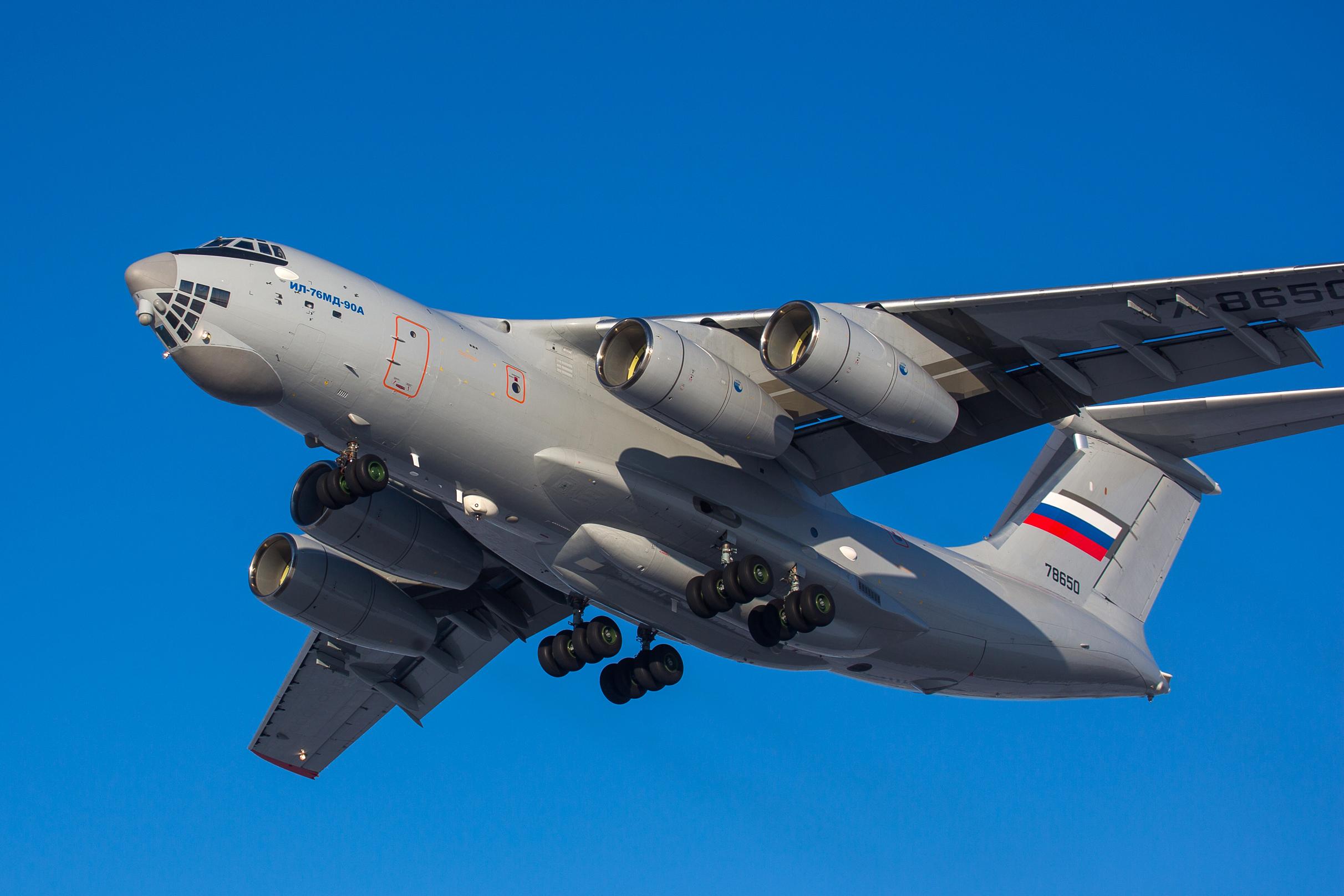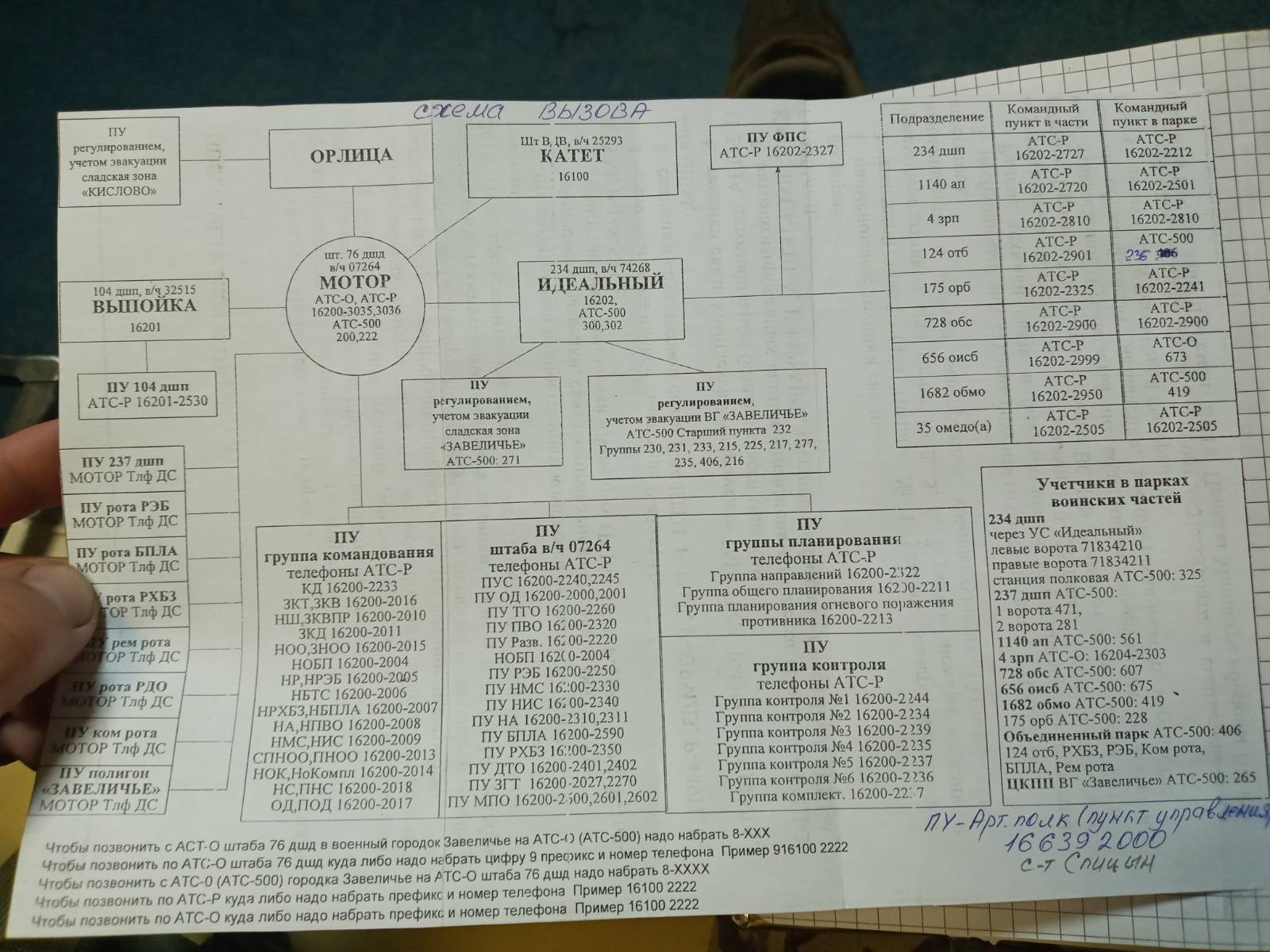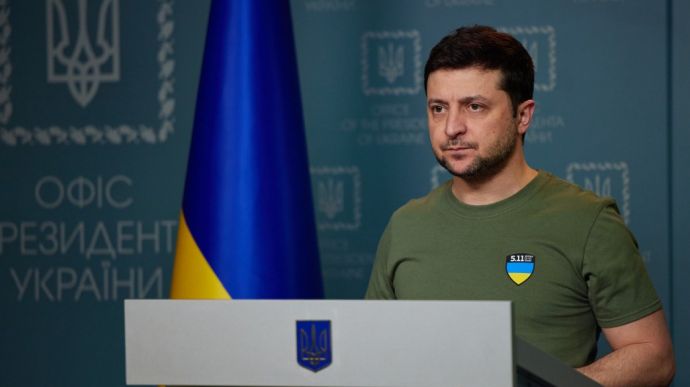LUBLIN, POLAND — In a quiet rural area near Wierzbica, something loud shattered the stillness just after midnight on August 20. What local farmers thought was thunder turned out to be something far more serious — a military drone had crashed and exploded in a Polish field.
Now, Polish authorities say the drone likely came from the east — possibly from Belarus, a country closely aligned with Russia. While no one was hurt, the implications are far-reaching.
A Message in Metal and Fire
The Polish Ministry of Foreign Affairs didn’t waste time. Hours after confirming the origin, they summoned the Russian ambassador and handed over a formal protest note. It accuses Moscow of violating international agreements and intentionally undermining European stability — especially troubling given the timing, right in the middle of ongoing international efforts to bring peace to war-torn Ukraine.
“This kind of act isn’t random,” said one Polish official, speaking on background. “It’s calculated pressure.”
This Isn’t the First Time
Sadly, this isn’t a one-off. Over the past two years, similar incidents have happened near NATO’s eastern borders. Stray missiles, border airspace violations, and unidentified drones have become the new normal — part of what experts describe as Russia’s “gray zone” tactics: not open warfare, but not peace either.
For Poland, this latest breach is a line too far.
Why It Matters
Poland is a NATO member. Any hostile action on its territory, even from unmanned aircraft, raises serious alarms. The incident in Wierzbica might seem minor compared to what’s happening in Ukraine, but to dismiss it would be dangerous. These kinds of actions are designed to test resolve — to see who blinks first.
Russia may not have officially responded, but silence can be loud. And in this case, it sounds like defiance.








